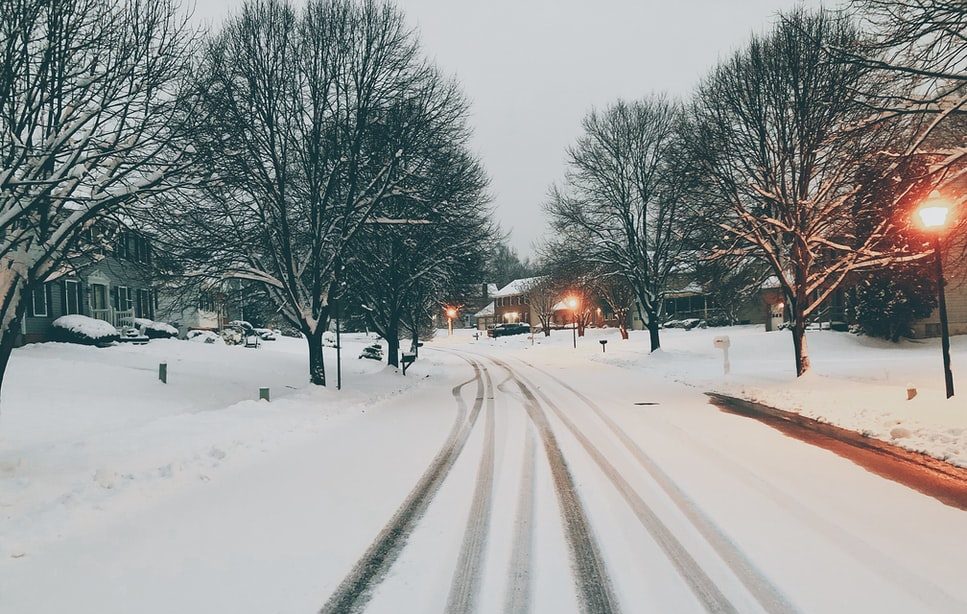As winter is well underway, inclement weather such as snow, sleet, and ice means hazardous conditions are inevitable. Ordinary tasks such as retrieving the mail or walking your dog may result in physical injury from slipping on icy surfaces. However, you can prevent a dangerous fall by following a few simple tips.
Beware of Black Ice
Perhaps the most dangerous element of winter weather is black ice. Black ice is a thin layer of ice on hard surfaces such as roads, sidewalks, or walkways that is difficult to detect. Since black ice is clear, you should proceed with caution when approaching wet or glossy surfaces. Black ice does not only appear after a snowstorm but may be present after rainfall, sleet, or freezing rain, especially in temperatures around or below freezing. Be aware of your surroundings and the presence of black ice at all times to help ensure your well-being.
Proper Footwear and Clothing
Although sneakers or slippers may be convenient to wear for a quick trip outside, non-slip rubber boots will make a fall less likely and help prevent an injury. Snow boots or hiking boots equipped with grooved soles provide extra traction to navigate a potentially slippery walkway. In addition to proper footwear, cushioned clothing such as insulated winter coats may help lessen injuries caused by a fall. For a minimal investment, a pair of non-slip rubber boots and a winter coat may prove worthwhile to additional safety during the winter months.
Taking it Slow
If snow boots are not on hand, you can walk at a slower pace to lessen the chance of a fall while walking outside. Looking down while walking with a broader base and slightly bending your knees may help offer further protection. If possible, hands and arms should be free to break a potential fall in case of slipping. For example, it is best practice to keep hands outside of your pockets while walking in icy conditions. Finally, always use a handrail if one is present and walk on cleared pathways rather than surfaces covered with snow.
Shoveling and Salt
Simple tasks such as shoveling and salting surfaces help reduce the chance of slipping on ice. Shoveling a pathway helps create a more transparent surface that reveals any hidden ice underneath. If you cannot shovel yourself, simply throwing salt down on icy walkways can melt ice and reduce the likelihood of a fall.

